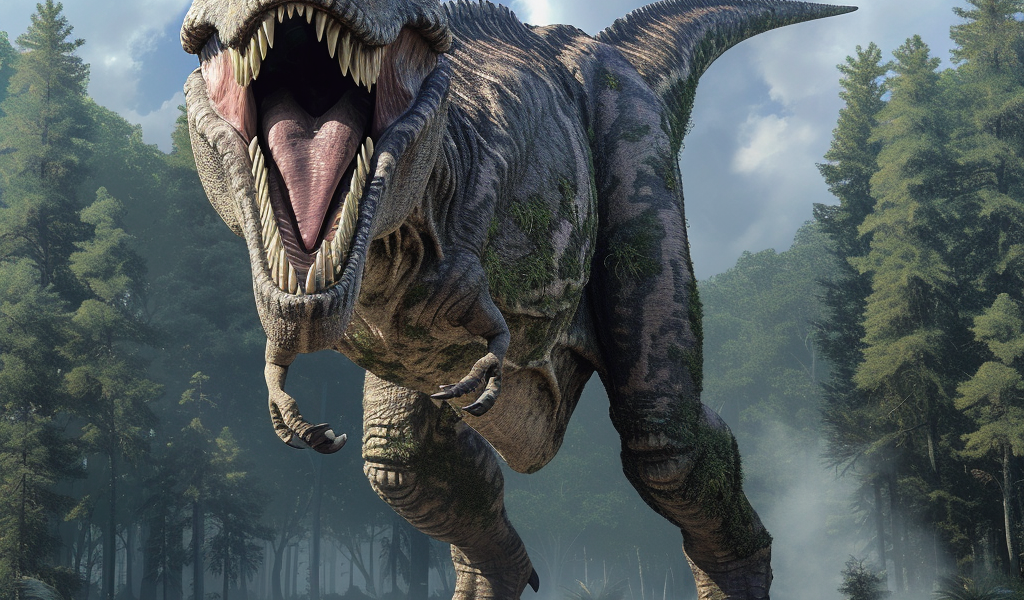Scientists have recently made an incredible discovery, unearthing a new species of winged dinosaur that lived 166 million years ago in Scotland. The fossil remains of the newly identified species, named Tyrannosaurus mcraeensis, were first spotted on the Isle of Skye in 2006, leaving the scientific community stunned.
This new dinosaur species was found to be a ‘sister’ to the famous T. rex, making it the closest relative ever linked to the tyrant lizard king. Discovered after re-analyzing a skull fragment initially unearthed in New Mexico, USA, in 1984, Tyrannosaurus mcraeensis was originally mistaken for Tyrannosaurus rex. However, subtle differences in its bone structure revealed that it is distinct from the Jurassic Park killer.
According to experts writing in the journal Scientific Reports, the newly discovered dinosaur had a narrower jaw and likely a smaller head than its later cousin. Despite these differences, it was still considered a dangerous apex predator, similar to T. rex, and would have been at the top of the food chain, dominating the ecosystem as the largest carnivore.
The study suggests that Tyrannosaurus mcraeensis preyed on a range of animals, including duckbills, ceratopsians, and possibly even titanosaurs. It is estimated to have lived between 71 and 73 million years ago during the Cretaceous period, approximately seven million years before T. rex, extending the reign of terrifying carnivores. The newly discovered species grew to a monstrous size, reaching up to 40ft long, 12ft tall, and weighing 10 tonnes.
The findings also challenge the understanding of where tyrannosaurs evolved, indicating that southern North America played a significant role in their evolution. This groundbreaking research sheds new light on the evolution and diversity of these ancient predators, providing valuable insights into the prehistoric world.
With this remarkable discovery, scientists continue to unravel the mysteries of the ancient world, uncovering new insights into the fascinating history of dinosaurs and their incredible diversity.





